Knowledgebase
Kingshay's Knowledgebase - Cows
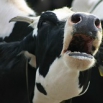
Observing cattle behaviour is an important aspect of monitoring animal comfort on farm, and can provide key information about cow environment. Ensuring that cow environme...
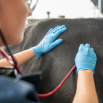
This Dairy Insight explores the eight most common Cattle Emergencies on UK farms and provides guidance on how to address them promptly and effectively.
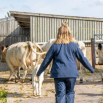
This publication explores the key behavioural traits of cattle, how their senses can trigger distress when mishandled and offers practical techniques and safety tips to h...
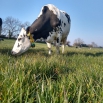
Cattle health schemes are designed to help farms monitor and eliminate the six most important endemic diseases, which are prevalent in the UK and are costing many thousan...
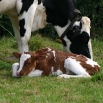
Cattle health schemes are designed to help farms monitor and eliminate the five most important non-statutory diseases, which are prevalent in the UK and are costing many ...
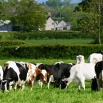
Clostridial bacteria are always in the environment but once triggered by a stress factor to release toxins, they can lead to disease which often proves fatal. Clostridial...
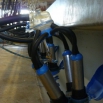
Having a parlour which is functioning correctly allows milking to be quick, complete and comfortable for both the cow and the milking staff. Poor milking characteristics ...
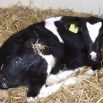
Coccidiosis infection in young cattle reduces daily liveweight gain, increases the cost of cattle rearing and in severe cases can be fatal. If coccidiosis is present on a...
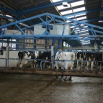
Well-designed collecting yards save time and reduce stress, whereas poor designs or improper cow handling will compromise cow flow and welfare.
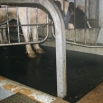
Cows and concrete are a difficult combination. Despite the clear benefits of concrete for managing housed cows, it is not a very comfortable standing surface and can be h...
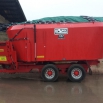
Compact feeding is a popular concept in Denmark and one that is growing in popularity in the UK. It was developed by Danish professor, Niels Bastian Kristensen. The princ...
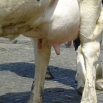
At an average cost of £220 per case and accounting for 11% of cows being culled, mastitis is a significant cost to the dairy industry and a major challenge to farm pr...
